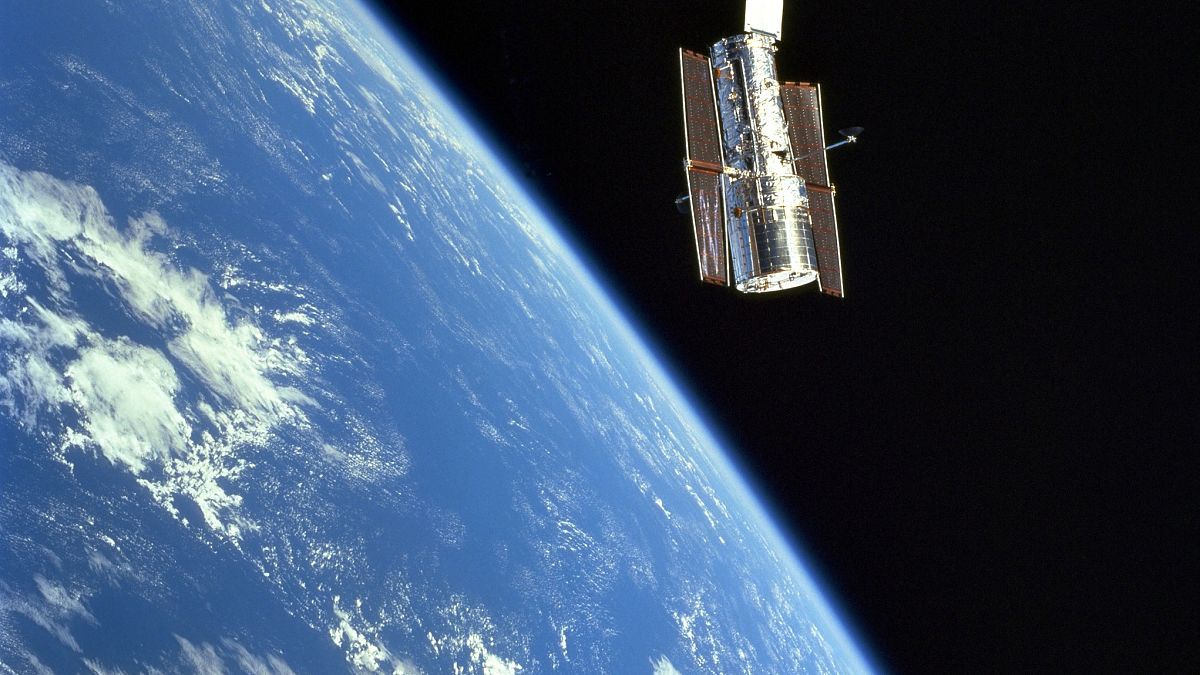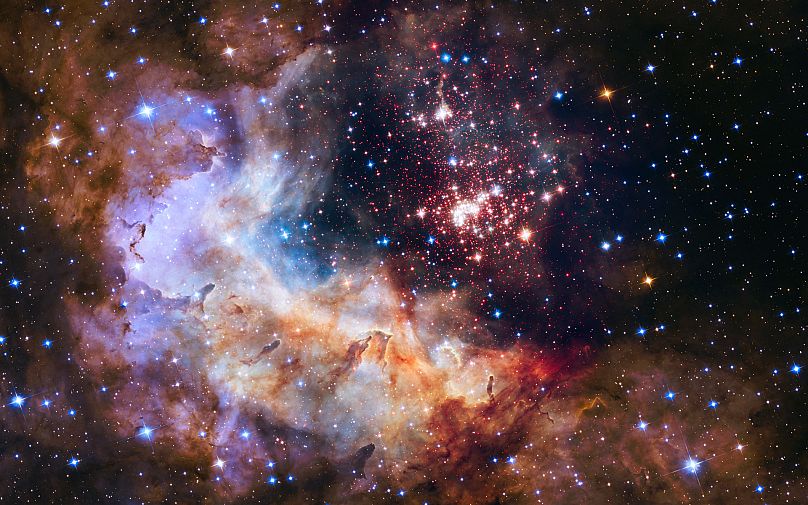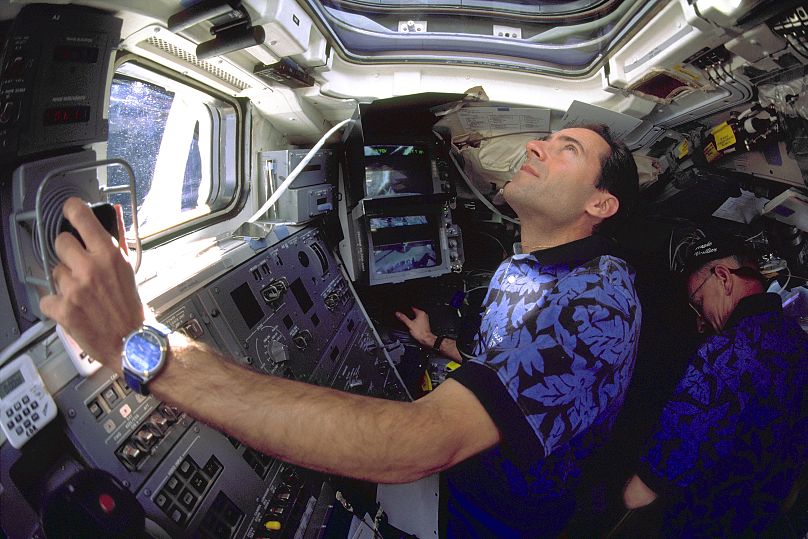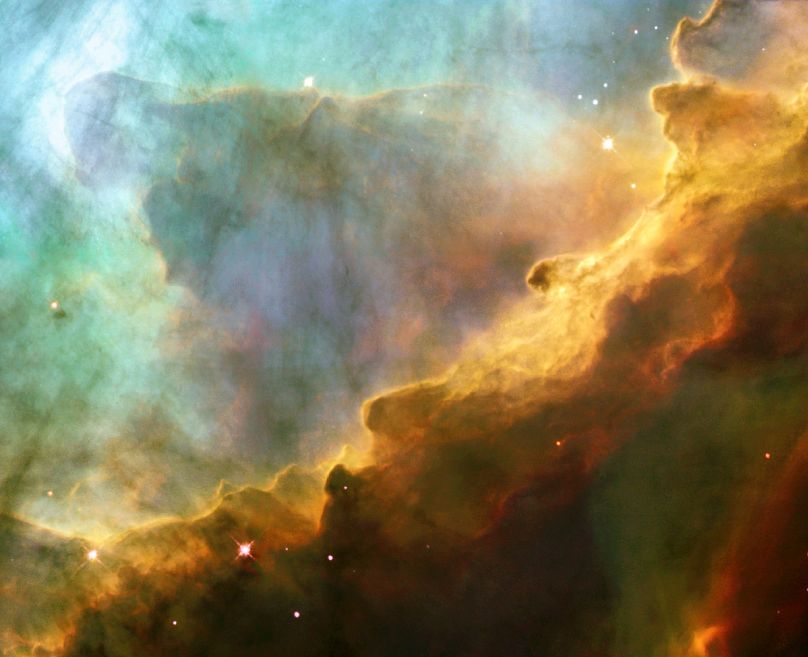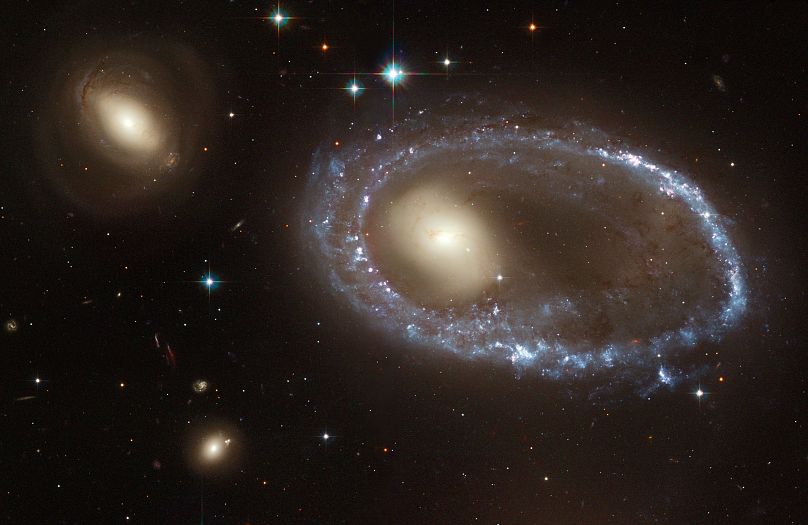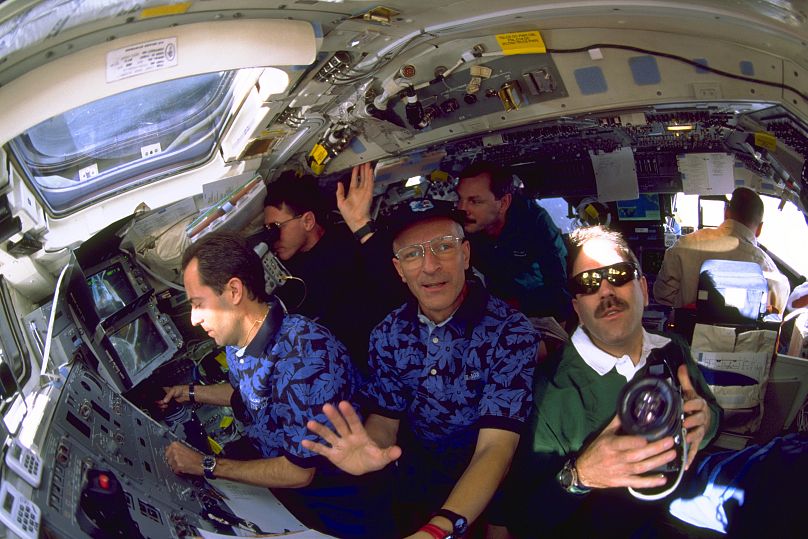The Hubble Space Telescope celebrates its 30th anniversary today (April 24). For three decades its extraordinary images and data have helped us better understand the universe.
From its orbit high above the Earth, it has been peering deep into the darkest corners of space for three decades. It has sent back data that has helped unravel many a scientific mystery, as well as countless mind-blowing images of planets, stars and galaxies.
The Hubble Space Telescope, which celebrates its 30th anniversary on Friday (April 24), has opened "our eyes to the wonders of our ‘planetary’ backyard and beyond", in the words of the European Space Agency. For the first time, it enabled planets outside our Solar System to be observed.
A joint ESA-NASA mission, Hubble was launched by the Space Shuttle Discovery on April 24, 1990, into orbit 600 kilometres above the ground.
It was designed to be a long-term project and to be serviced in space by astronauts, allowing instruments to be replaced as technology improved, and systems to be repaired and modernised.
'Billy Bob, beam me up to Bay 9'
One such mission occurred in 1999, in what ESA says "will go down in history as one of the highlights of human spaceflight".
An optical defect had been discovered in the original Hubble mirror. After several of its six gyroscopes -- needed for pointing the telescope -- fell out of action, mission STS-103 was sent in December to carry out urgent repairs.
Frenchman Jean-François Clervoy, one of its seven astronauts including two from ESA, was flight engineer during the space flight. He also operated the robotic arm enabling the telescope to be captured and later released, as well as driving equipment enabling his teammates to carry out spacewalks.
Because his non-French teammates had trouble pronouncing his first name, they nicknamed him "Billy Bob".
"We told the ground control centre in advance: 'Sometimes you might hear us using Star Trek words', because we are Trekkies," Clervoy told Euronews. "Sometimes (my colleague) was asking me, 'Billy Bob, beam me up to Bay 9', and I would say 'Cockpit John, I energise now... Bzzzzz'.
"The telescope is 30 years old now, in terms of capabilities it is still very young... We put the most modern equipment -- instruments, sensors -- and that's why we will continue to get some mysteries of the universe opened by this telescope."
'The continents were phosphorescent'
The mission was the third Clervoy had made into space. Over twenty years on, he recalls the experience vividly.
"I was on by far the highest ever Earth orbit human space flight mission, which was mainly above the Equator. At that time, the moon was full and the closest to Earth over that period. We had a very nice view of Earth. At night, on the night side of the orbit, we could see the continents like they were phosphorescent because the moon was bright enough to allow us to see the coastlines."
Once ground control had carried out verification checks on their repair work, the astronauts' return to Earth was then delayed due to weather conditions -- leaving them free to relax and take in the scene from orbit.
"Between the phosphorescence of the night side of the Earth, illuminated by the full moon, brighter than ever in that period, and on the other side the view of the Milky Way and the stars -- which don't twinkle because you don't see them through the atmosphere, they are very crisp and colourful... you can see the yellow or the red or the blue -- so, (we had) the best view of the Earth at night, the best view of the universe at night."
Hubble helped serve Science -- with a big 'S'
The James Webb Space Telescope -- the successor to Hubble -- is due to be launched in 2021, aiming to provide more information about the origins of the universe.
But Hubble's lifespan has some way to run and it's expected to be in service for several more years. Jean-François Clervoy is proud of Europe's contribution: its expertise has helped Europeans gain a disproportionately large amount of observation time from the telescope, and he describes Europe's scientific community as the "best in the world".
"My main pride on this mission is the sense of having served Science, with a big 'S'," he says. "By reviving the Hubble space telescope, we gave matter for work to several thousand scientists around the world, living exclusively on the Hubble space telescope data."
